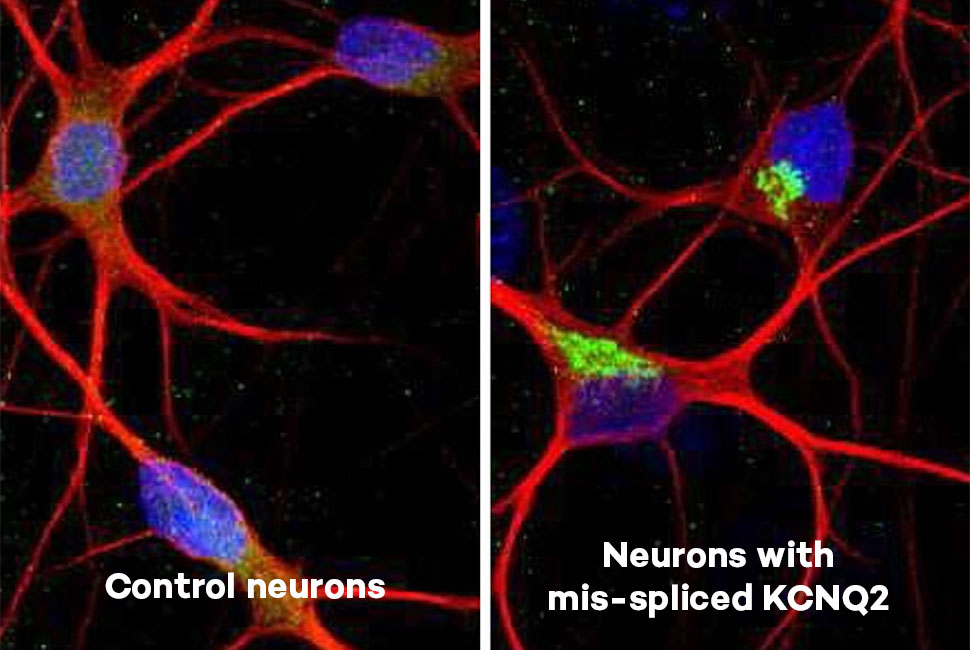
A Northwestern Medicine-led study has established the first pediatric-specific atlas of acute care regions across the United States, offering the clearest picture of how children access emergency and inpatient services to date, according to the study published in JAMA Pediatrics.
The findings challenge long-standing geographic frameworks based on adult healthcare patterns and introduce a new model focused on pediatric needs, said Kenneth Michelson, MD, MPH, associate professor of Pediatrics in the Division of Emergency Medicine and first author of the study.
“Most hospitals don’t see enough kids to reliably measure their performance with kids. When most kids go to a community hospital and can’t be discharged, they get transferred to a larger hospital. So in those cases, there’s no single hospital that owns the outcome,” Michelson said. “We think that regions really need to work together to improve pediatric patient outcomes.”
Pediatric acute care in the U.S. is highly regionalized, yet existing maps fail to reflect how children actually receive care. With more than half of U.S. youth enrolled in Medicaid or the Children’s Health Insurance Program (CHIP), accurate data is essential for policy and quality improvement, Michelson said.
In the study, investigators analyzed more than 27 million emergency and inpatient encounters from January 2021 to December 2022 involving children under 16 years old, representing nearly half of all American children, using data drawn from 4,830 hospitals nationwide.
Utilizing a network analysis, the team defined two types of regions:
- Pediatric Emergency Service Areas (PESAs): Representing where children go from home to hospital.
- Pediatric Emergency Referral Regions (PERRs): Mapping how hospitals refer pediatric patients to one another.
The investigators identified 835 PESAs and 105 PERRs and compared them to existing adult hospital service areas. They found that PESAs were larger than traditional hospital service areas (HSAs) and pediatric HSAs (PHSAs).
Among the encounters analyzed, 89 percent of acute care stayed within a PESA, compared to 68 percent within an HSA. Additionally, 92 percent of referrals remained within a PERR, versus 73 percent within an HRR.
“There are just far fewer hospitals that receive kids,” Michelson said. “So, the regions end up being huge. And what that means for families, especially in certain parts of the country that are more rural, is if you have a really sick kid, you’re going to have to travel really far, sometimes hundreds or even thousands of miles.”
The Atlas of Pediatric Acute Care offers a data-driven foundation for improving how pediatric services are organized and delivered, Michelson said.
“If we want hospitals to work together, they need to know who they should be working with,” Michelson said. “The biggest regional hospitals should really think of not just the kids that come to their doorstep, but take some ownership over the health and the care of really sick kids all across the region that they are in.”
By aligning with actual use patterns, the new atlas promises to aid in regional planning, inform policy decisions, and support targeted research into child health outcomes.
Moving forward, Michelson and his collaborators will use the map to identify which regions are performing well and which need further intervention.
“Children’s hospitals generally do a great job of receiving calls and giving advice and being available, but I think they have some room to grow on outreach and taking more ownership of regions at large,” Michelson said. “I think this atlas helps us get there.”
The study was funded by grant R01HD112321 from the Eunice Kennedy Shriver National Institute of Child Health and Human Development.






